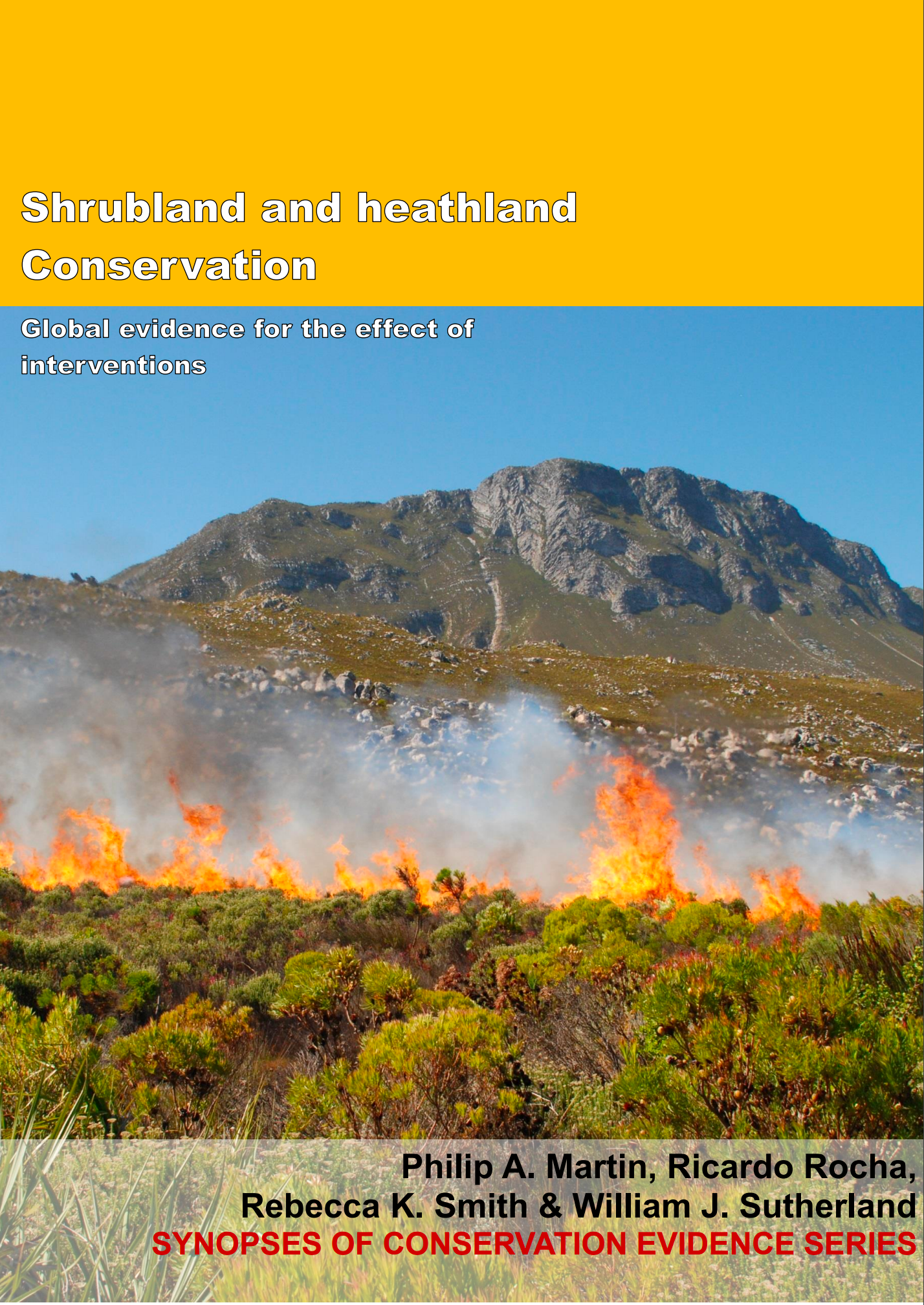Add topsoil (alongside planting/seeding)
-
Overall effectiveness category Unknown effectiveness (limited evidence)
-
Number of studies: 1
View assessment score
Hide assessment score
How is the evidence assessed?
-
Effectiveness
0% -
Certainty
10% -
Harms
0%
Study locations
Supporting evidence from individual studies
A randomized, replicated, paired, controlled study in 1997–2000 in a former coal mine in Wyoming, USA (1) found that addition of topsoil alongside sowing of seed increased the biomass of grasses but reduced the biomass of forbs in comparison to addition of topsoil alone. Areas where topsoil was added and seed sown had higher grass biomass (51-93 g/m2) than areas where topsoil alone was added (14 g/m2). However, in areas where topsoil was added and seed sown, forb biomass was lower (12-37 g/m2) than in areas where topsoil was added alone (76 g/m2). Topsoil was spread to a depth of 56 cm over the entire site in December 1997. In spring 1998 the entire site was seeded with barley Hordeum vulgare which was later cut to provide a mulch. In December 1998 grass seed was sown in twenty 6.5 x 27 m plots, while in four plots no seed was sown. Wyoming big sagebrush Artemisia tridentata wyomingensis seeds were also sown in all plots. In July 2000 clippings of vegetation were taken in four 0.18 m2 quadrats within each plot to determine biomass.
Study and other actions tested
Where has this evidence come from?
List of journals searched by synopsis
All the journals searched for all synopses
This Action forms part of the Action Synopsis:
Shrubland and Heathland Conservation
Shrubland and Heathland Conservation - Published 2017
Shrubland and Heathland synopsis





)_2023.JPG)














